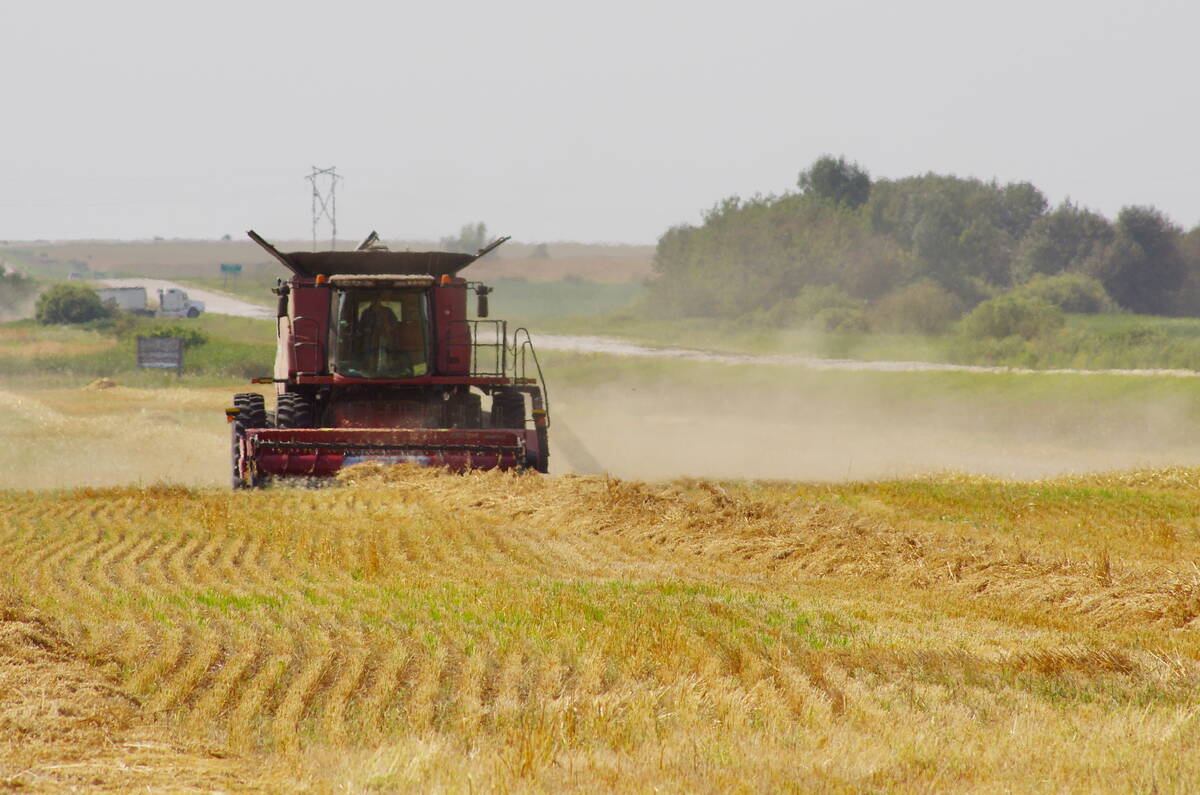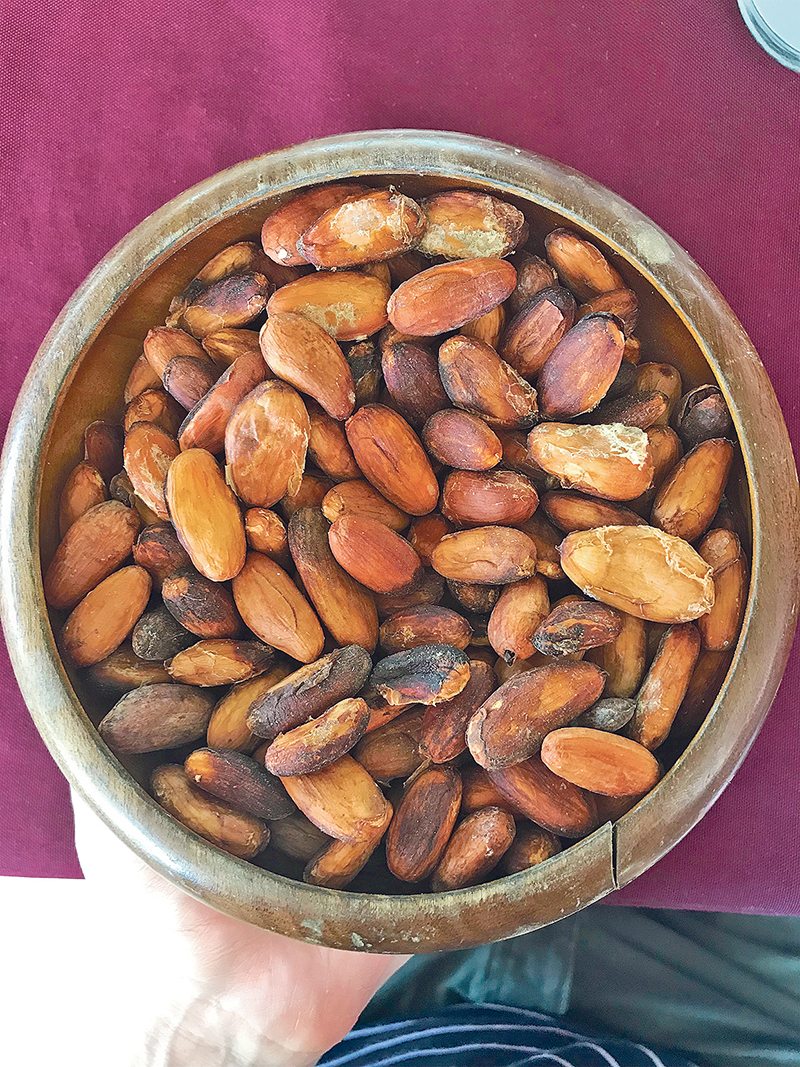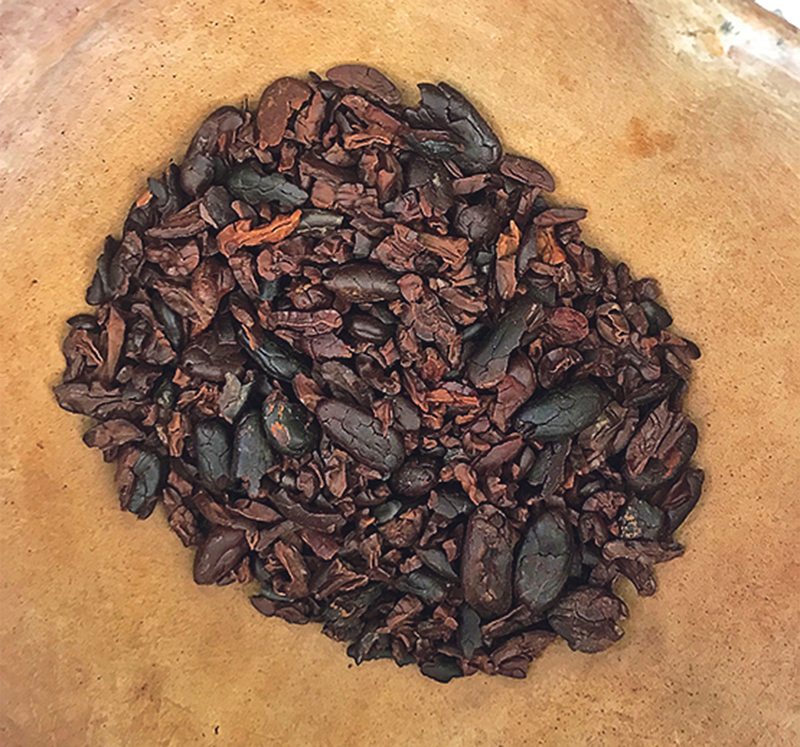Trip to a farm in Belize discovers that the treat many enjoy actually comes from a deceptive-looking plant
Toledo District, Belize — Juan Cho splits open a huge yellow pod, revealing a cluster of large white and wet beans that resemble marshmallows.
They taste like citrus and banana, but when bitten, they’re bitter and have a purple core. They look nothing like chocolate but are in fact chocolate’s main ingredient.
Cho, co-owner of Ixcacao, a cacao bean farm in Belize’s southern Toledo District, produces about 80 acres of the product. The pods grow on large trees that can live for about 50 to 60 years.
Read Also

Herbicide resistance sprouts in Manitoba’s wild oats
Farmers across Manitoba this fall are gearing up for the latest salvo in what, for many, has become a longtime battle to beat out wild oats.
“Our cacao beans are organic and we use them to make all of our products on the farm,” said Cho, who is Maya, an indigenous people who originate from eastern Mexico and northern Central America.
He said that centuries ago, the Maya people used cacao as a form of currency. They would also use it to make a bitter drink that’s similar to coffee. They used spices like chili and later cinnamon, cardamom and raw sugar to enhance the flavour.
As well, the beans were used to make what is now considered chocolate. It didn’t come in the form of a bar, however. Instead, Cho said that the beans were dried, roasted, shelled and then ground manually by stone to produce a creamy substance.
Today, Cho’s farm and many factories grind the beans at high temperatures using machines. Once melted at the right temperature, and when other ingredients like sugar and milk are added, it’s poured into moulds to harden and create chocolate bars.
Cho adds only raw sugar from sugar cane to his chocolate. He said that many conventional bars in stores are filled with ingredients that aren’t good for people.
“If it is made mostly from cacao, like dark chocolate, and has a few whole ingredients, it’s quite healthy,” he said, noting that cacao beans contain many vitamins, minerals and protein.
About 75 percent of Cho’s product is sold to consumers in the United States and Canada, he said, adding the rest is sold locally in Belize.

Cacao beans are roasted but their shells must be removed before making chocolate. Jeremy Simes photo
His farm is among the about 2,000 cacao farms in the southern part of the country. Many producers here sell direct to consumers, while others sell to Green and Blacks, an organic chocolate maker now owned by Cadbury, for the European market.
“Belize is on the radar for good quality, organic chocolate,” said Elroy Burgess, a tour guide with Taste Belize. “A lot of people are demanding dark chocolate for health reasons and flavour, and they want their beans to be of high quality.”
For organic production, Burgess said the cacao trees are grown next to a different tree called madre de cacao.
He said madre de cacao grows much taller than the cacao tree, providing it with ample shade and protection from many insects.
“They need those bigger trees so they can grow nice pods,” he said.
The cacao pods take about six to nine months to mature, and are ready to harvest when yellow. Harvest time usually begins in December.



















